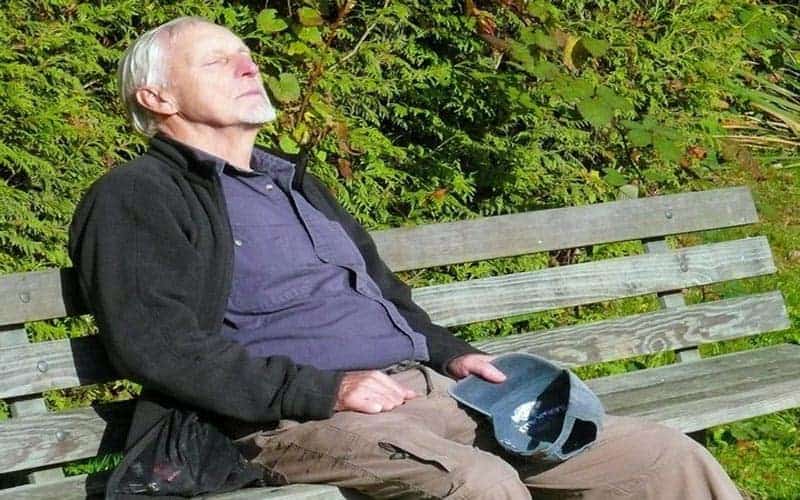Washington: A study has revealed that military veterans with post-traumatic stress disorder (PTSD) experience a thrashing form of sleep behaviour at a rate that is far higher than the general population.
Researchers next want to probe whether the disorder, known as REM sleep behaviour disorder or RBD, might provide an early signal of the development of neurodegenerative conditions such as Parkinson’s disease.
Normally during sleep that coincides with rapid eye movement, or REM sleep, muscles are effectively paralysed.
In cases of RBD, brain control of muscle paralysis is impaired, resulting in people acting out dreams during REM sleep, sometimes causing injuries to themselves or their partners. It is estimated to affect less than one per cent of the general population.
That proportion rose to 9 per cent of the 394 veterans in the study published in the journal — SLEEP — and further swelled to 21 per cent among those with PTSD.
“This is important because, in the general population, RBD has been linked to Parkinson’s disease, and RBD often precedes classic symptoms of Parkinson’s by years,” said senior author Miranda Lim, MD, PhD, a staff physician at the VA and assistant professor of neurology, medicine and behavioural neuroscience in the OHSU School of Medicine.
“We don’t know whether veterans who have PTSD and higher rates of RBD will go on to develop Parkinson’s, but it is an important question we need to answer,” added Miranda Lim.
Researchers suspect chronic stress on the brain may play a role in causing the sleep disorder in veterans with PTSD, as many veterans have been exposed to a concussion which potentially accelerates neurodegenerative processes.
“RBD seems to be highly prevalent in veterans with a history of trauma,” said lead author Jonathan Elliott, PhD, a research physiologist at the Portland VA and assistant professor of neurology in the OHSU School of Medicine.
Doctors involved in the study, including co-authors Kristianna Weymann, PhD, RN, a clinical assistant professor in OHSU School of Nursing, and Dennis Pleshakov, a student at the OHSU School of Medicine, will continue to track research participants with RBD, looking for early signs of Parkinson’s or other neurodegenerative conditions.
Although there are several therapies to ease some of the symptoms of Parkinson’s, including tremor and fatigue, so far there has been no definitive therapy to prevent it.
Clinical trials for promising therapies are usually conducted well after patients have been diagnosed with Parkinson’s, at a stage that may be too late to reverse the symptoms.
Lim said that identifying patients with RBD presents an opportunity to identify people earlier in the disease course, and potentially provides a more viable window to test promising interventions.
“By the time a patient shows classic symptoms of Parkinson’s, it may be too late,” Lim said. “If you could intervene when people first start to show RBD, maybe you could prevent later symptoms of Parkinson’s.”

